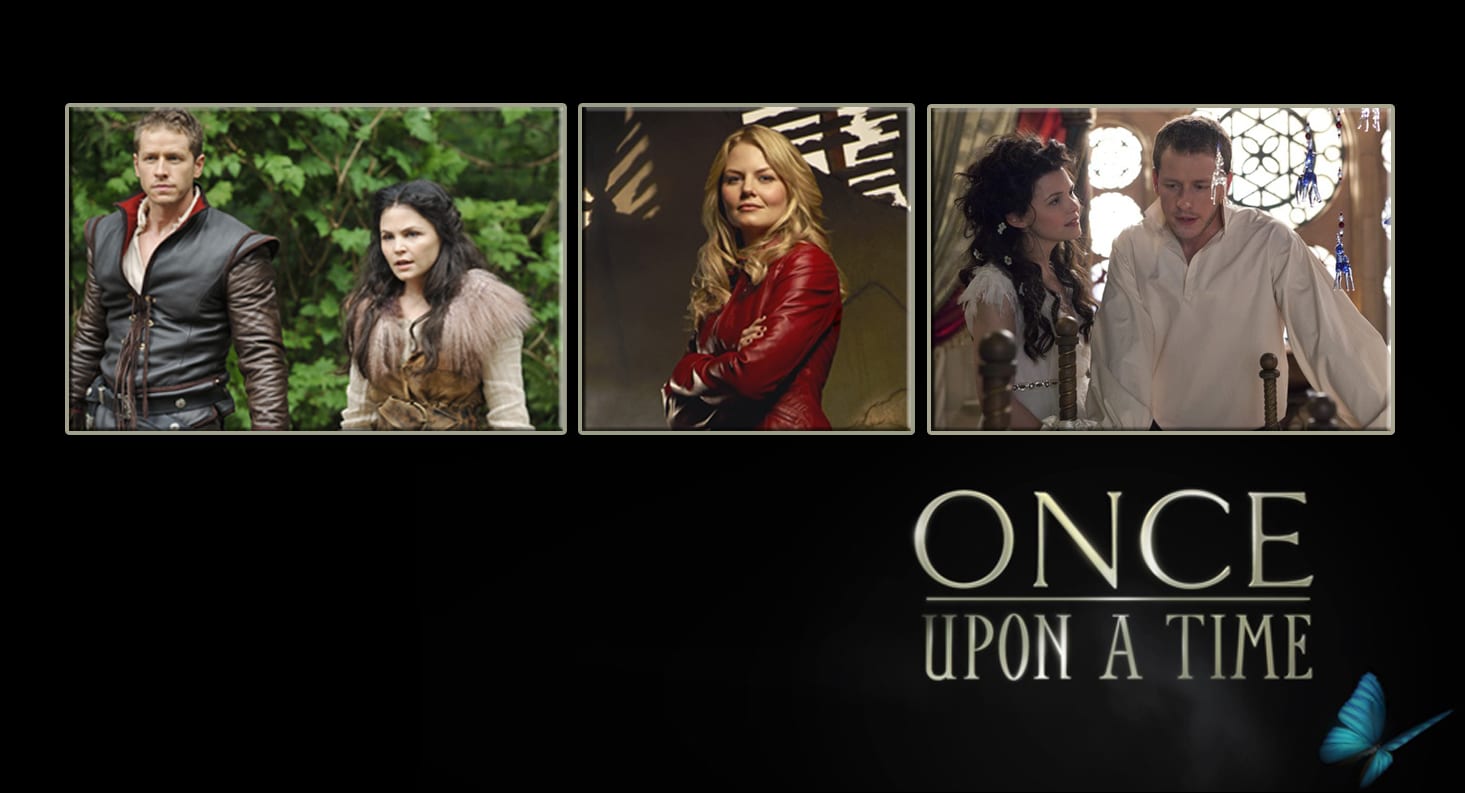 Once upon a time there was a girl whose life was saved by a charismatic prince who kissed her on the lips, awakening her from her lethal slumber. He would protect her and keep her safe.
Once upon a time there was a girl whose life was saved by a charismatic prince who kissed her on the lips, awakening her from her lethal slumber. He would protect her and keep her safe.
And there was another prince who showed up on another put-upon gal’s doorstep bearing a single glass shoe that she’d accidentally left behind at the lavish ball that had taken place at his palace. This prince whisked the unhappy lass away from her emotionally abusive home and the couple would live happily ever after.
Oh, and we can’t forget about the huntsman who happened upon a wolf inside a cabin in the dark woods. The man cut the beast open to discover a girl wearing a red cloak along with her grandmother, both of whom had been consumed by the wolf. They both made it out of the wolf’s belly alive.
In all of those tales, it was the gallant man who saved the damsel(s) in distress. This drives many contemporary women, mothers in particular, a bit nuts because when our children read these stories we worry about what lessons they’ll draw from them. Will they think that a female needs a male – preferably someone gallant, handsome and rich – in order to make her dreams come true or to save her from unfortunate circumstances? Will Snow White’s Someday My Prince Will Come be the soundtrack of their lives?
Hence the princess backlash, whose leader might be Peggy Orenstein who wrote Cinderella Ate My Daughter, along with a parade of children’s books featuring smart, tough female protagonists who don’t need no stinkin’ prince to rescue them.
So when I heard that ABC was going to air a new fantasy drama about fairy tale characters caught between fairy tale land and the real world, I steeled myself for more of the same-old, same-old: Lovely gal in trouble – a mean stepmother may or may not be involved in her physical and/or emotional torment – until a guy comes riding in on a white horse or makes some iteration of a dramatic entrance just in the nick of time. But Once Upon a Time has turned tradition on its head, with the exception of the supreme wickedness of the Evil Queen, whose connection with Snow White has yet to be established other than the fact that she hates snow.
The opening scene of the series started conventionally enough. Snow White was in a coffin formed from a fallen tree. She’d been poisoned by an apple from the Queen. Prince Charming’s kiss miraculously brought her back to life, just like in the stories we heard when we were kids. The very next scene was their joyous wedding, which was rudely interrupted by The Evil Queen, who has a vendetta against Snow for a reason that hasn’t been shared yet with the viewers. The Queen vows to “destroy [the] happiness” of everyone in the Enchanted Forest. We later learn that The Queen condemned the characters to be trapped, imprisoned in a modern day Maine town named Storybrooke where time stands still and where they don’t know their fairy tale origins.
 But all that changes when Emma Swan is tracked down by Henry, the boy she gave up for adoption. Emma’s appearance in Storybrooke, when she returned Henry to his adopted mother Regina (who was the Evil Queen in fairy tale land), started the process of breaking the Queen’s curse. Time no longer stood still.
But all that changes when Emma Swan is tracked down by Henry, the boy she gave up for adoption. Emma’s appearance in Storybrooke, when she returned Henry to his adopted mother Regina (who was the Evil Queen in fairy tale land), started the process of breaking the Queen’s curse. Time no longer stood still.
What was it about Emma that had such a powerful impact? Well in fairytale land, she was the child of Snow White and Prince Charming, and was the only character who eluded the Queen’s curse and wound up in modern day America after her birth parents sent her out of the Enchanted Forest via an enchanted tree.
As I watched the first three episodes of Once Upon a Time, it was hard not to notice that the collection of ladies on display in this show isn’t comprised of dainty, shrinking violets. They’re not singing mournfully or hopefully about waiting for a prince to come and save them from their circumstances.
First and foremost, there’s Emma, a Boston-based bail bondswoman who is clever and fearless. A loner who was bounced from a series of foster homes, who wears a red leather jacket and drives a beat-up yellow Volkswagen Bug, Emma is not cowed by the intimidation and threats the Regina (The Evil Queen) levels at her in an attempt to drive Emma away from Storybrooke. Henry, to whom Emma gave birth and whom Regina adopted, believes Emma will “bring back the happy endings” to the town and its inhabitants. No pressure, though.
Emma’s mother, Snow White was an accomplished equestrian, a deft thief and had a talent for fighting back in the day in the Enchanted Forest. She was on the run from the Queen, who wanted to literally extract her heart. Snow had been living in the woods, stealing from royal carriages until she got enough money to flee the area for good. That’s when she met the prince, tagged him with the nickname Prince Charming (which she meant sarcastically), and saved him from being killed by trolls, as he saved her from the Queen’s henchmen and later woke her up with his kiss.
In Storybrooke, meanwhile, Snow White is a mild-mannered elementary school teacher, Mary Margaret who also volunteers at the hospital. Now that Emma’s around to serve as a catalyst, Mary Margaret seems to be coming out of her shell and discovering her robust inner Snow White. Mary Margaret awakened “John Doe” (Prince Charming’s Storybrooke identity) from a coma and then woke him up again from death after he’d collapsed in a forest. Gotta love this woman saving a man stuff.
The Queen, for her part, is Regina, the mayor of Storybrooke, who named Henry after her father Henry, who died by her hands in fairytale land. She wants nothing more than for Emma to go away and stop messing with her family. I’m waiting for the writers to give her a cool backstory so she’s no longer a one-dimensional sinister stepmother straight out of Central Casting.
Other famous female characters slated to appear on Once Upon a Time who promise to give us new twists on old stories include a pregnant Cinderella, who made a deal with Rumpelstiltskin in the fairy tale world about her unborn child. But while in Storybrooke, Ashley (get it, ashes, cinder . . .) appeals to Emma for help so that Mr. Gold (Rumpelstiltskin from fairytale land) won’t take her baby away.
Little Red Riding Hood goes by the name Ruby in Storybrooke, and lives at Granny’s Bed & Breakfast with her grandmother – that is, when she’s not staying out all night and tossing her long locks streaked with red or working at the downtown diner in super-short skirts. Ruby certainly looks nothing like the demure, innocent granddaughter who skipped through the woods to deliver food to her sick grandmother only to be tricked by a sinister wolf. I can only imagine how unorthodox this telling of the Red Riding Hood story will be.
Fairy tales, 21st century style.
I like ‘em. And hopefully, Once Upon a Time’s writers will keep giving us smart, strong women and not delicate little refined specimens for whom a happy ending means only one thing: A big, hoop-filled wedding dress.





